FROM THE HANDS OF MINO DAISUKE TO YOU
Mino Daisuke
Born: Osaka, 1980
Based: Kawanishi, Nara prefecture
Studio: Hachidori
His work is loved and appreciated by many all around Japan. A lot has changed since our last visit three years ago - new studio space, new home, new surrounding. But one thing remains unchanged - his cheerful and warm personality. Welcome to the world of Mino Daisuke, the talented artist behind a wide collection of work that shows a balance of craftsmanship and functionality.
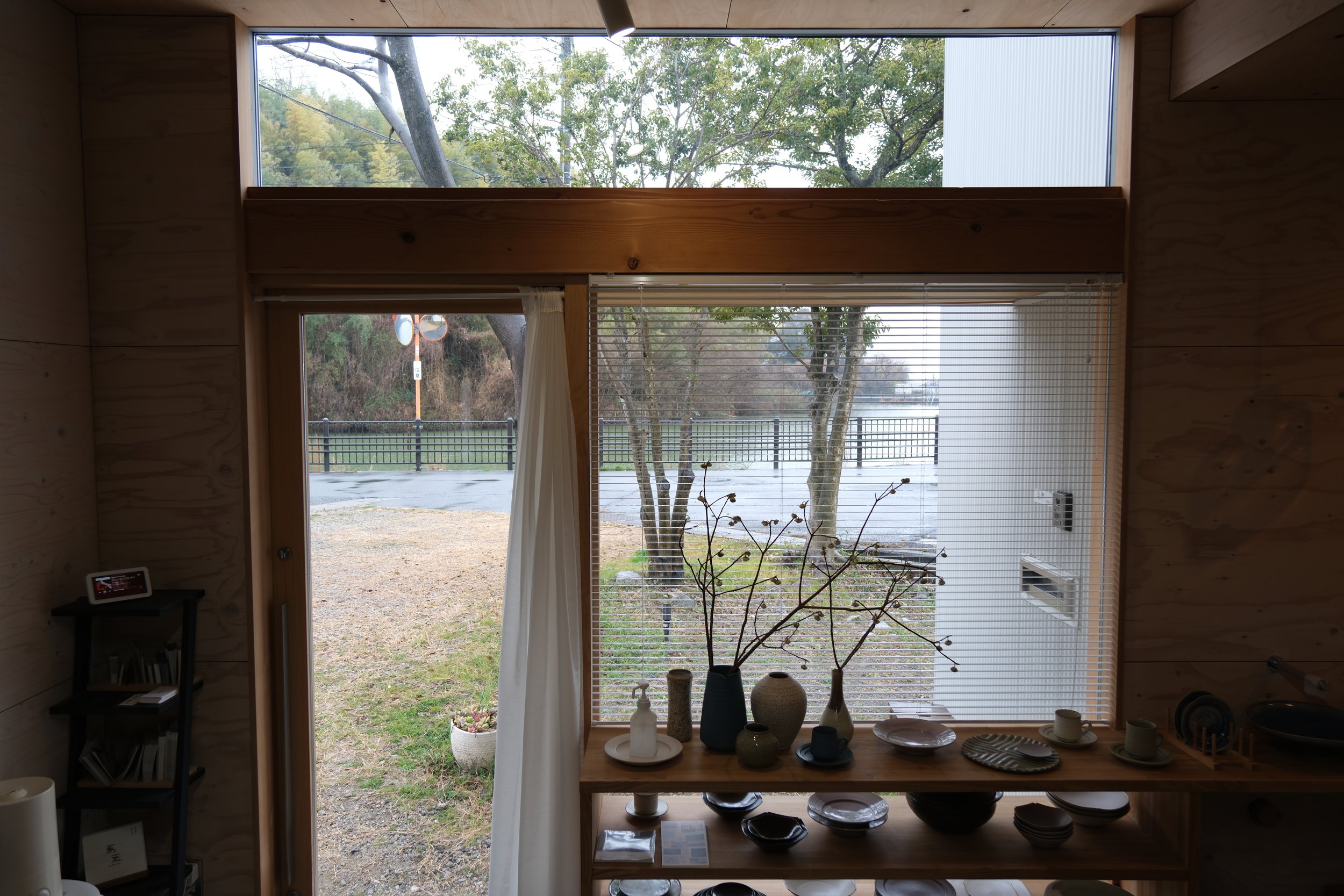
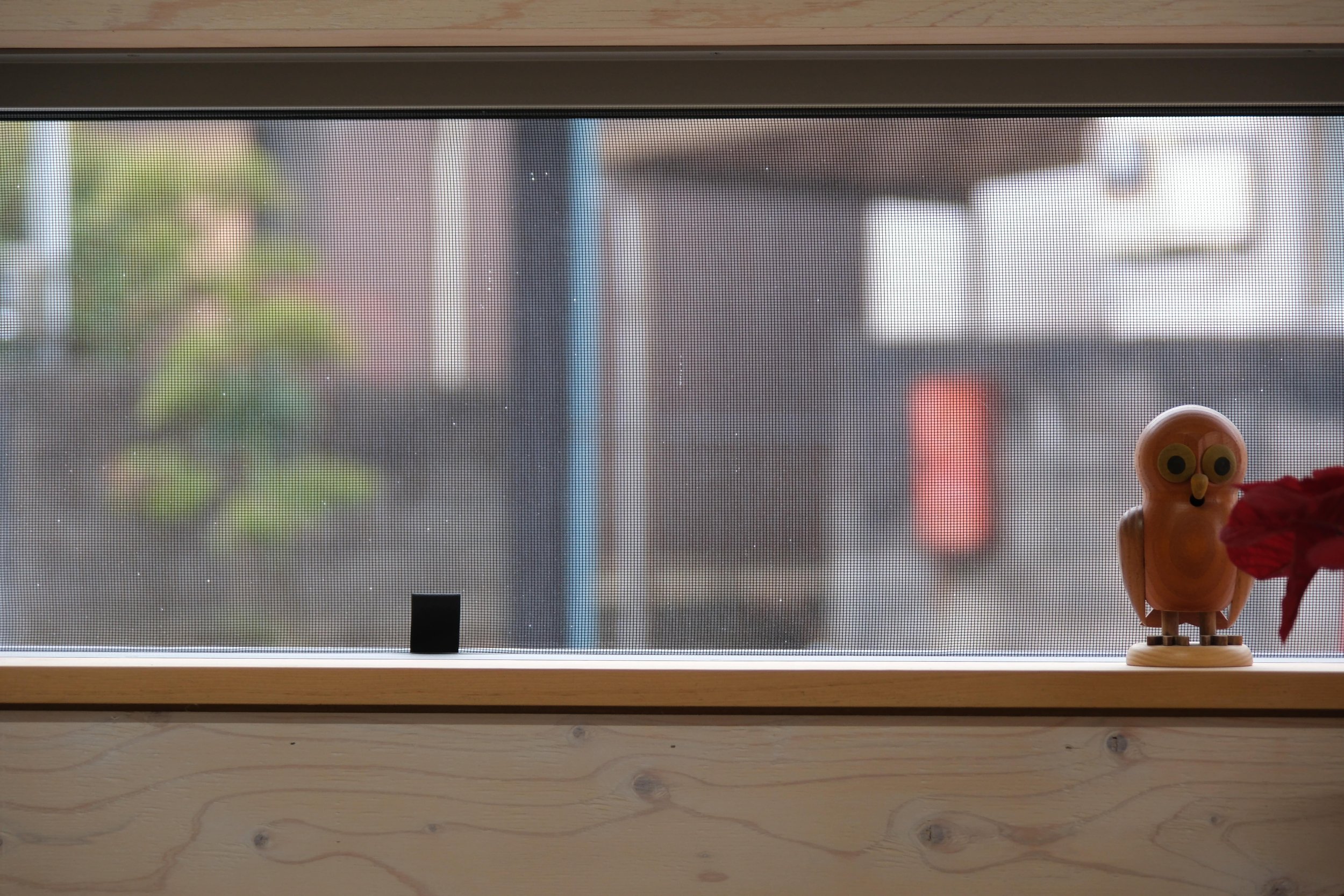
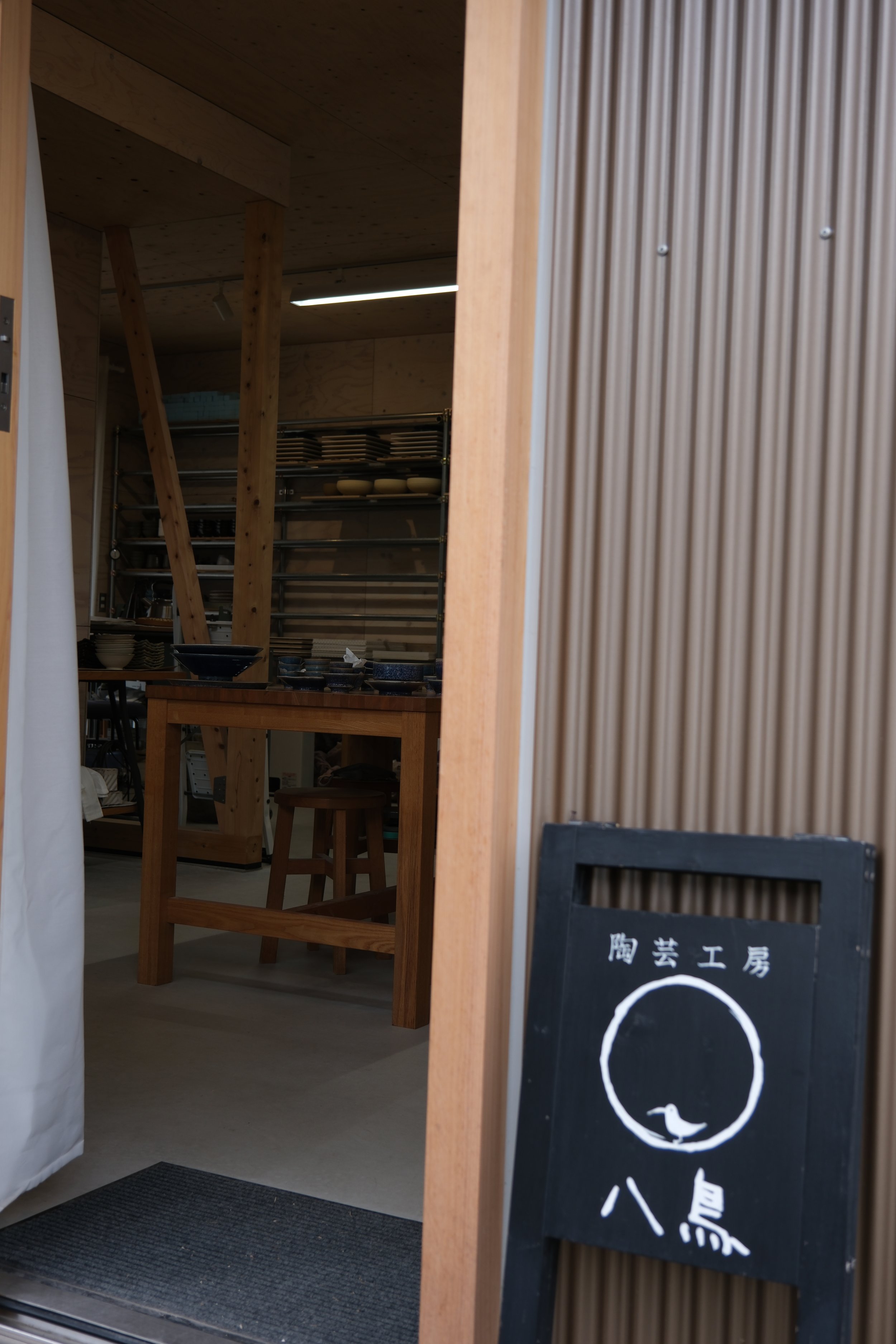
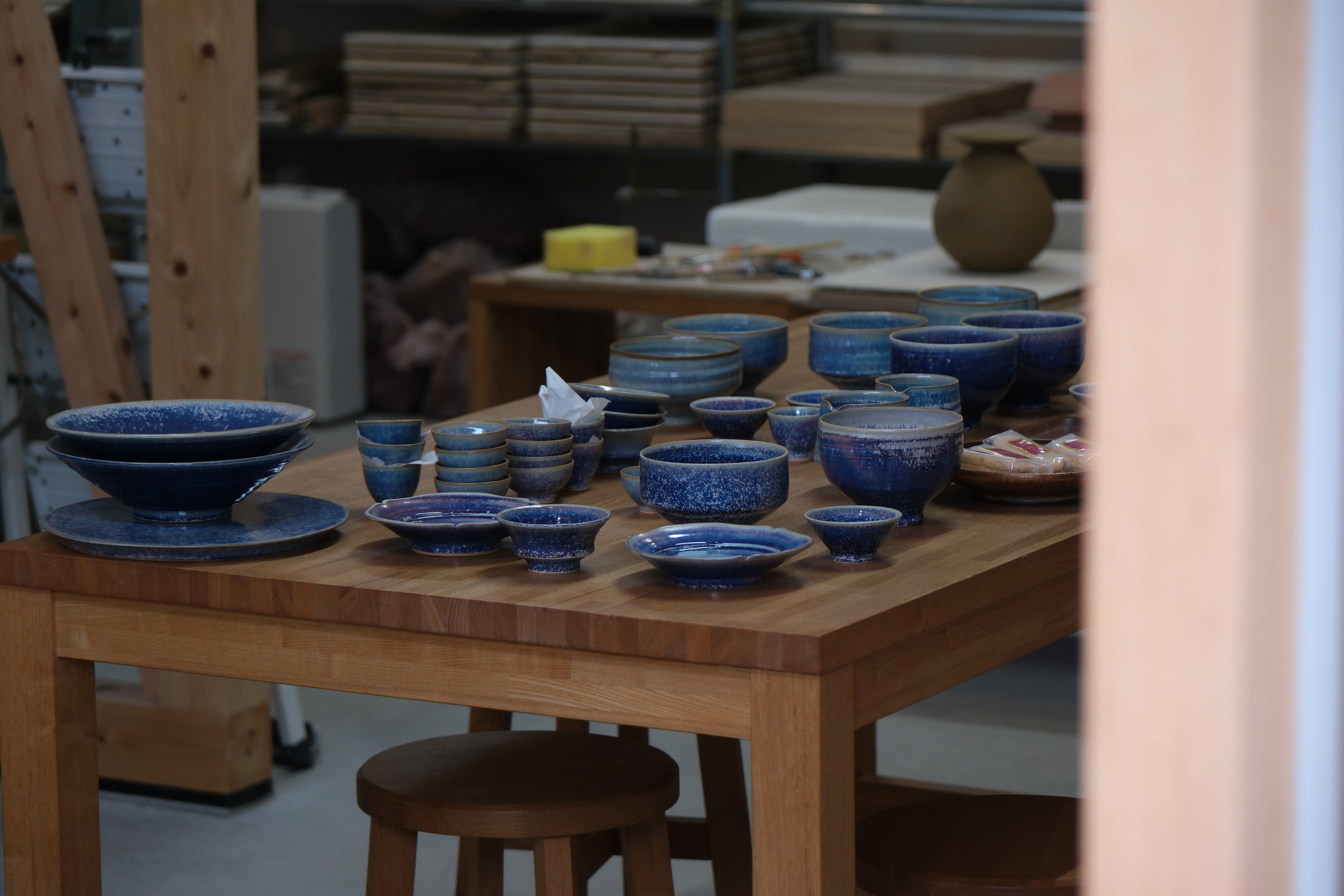
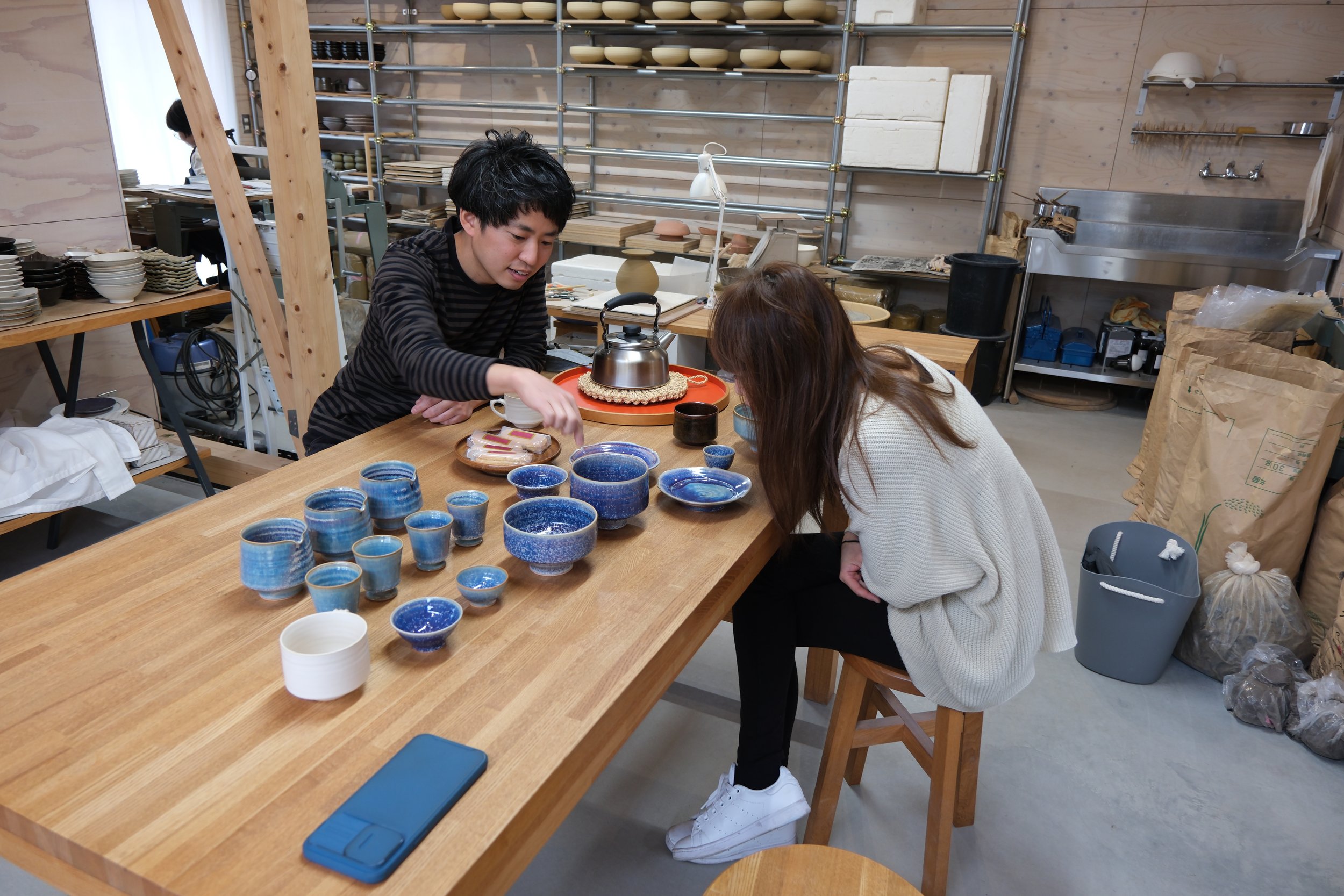
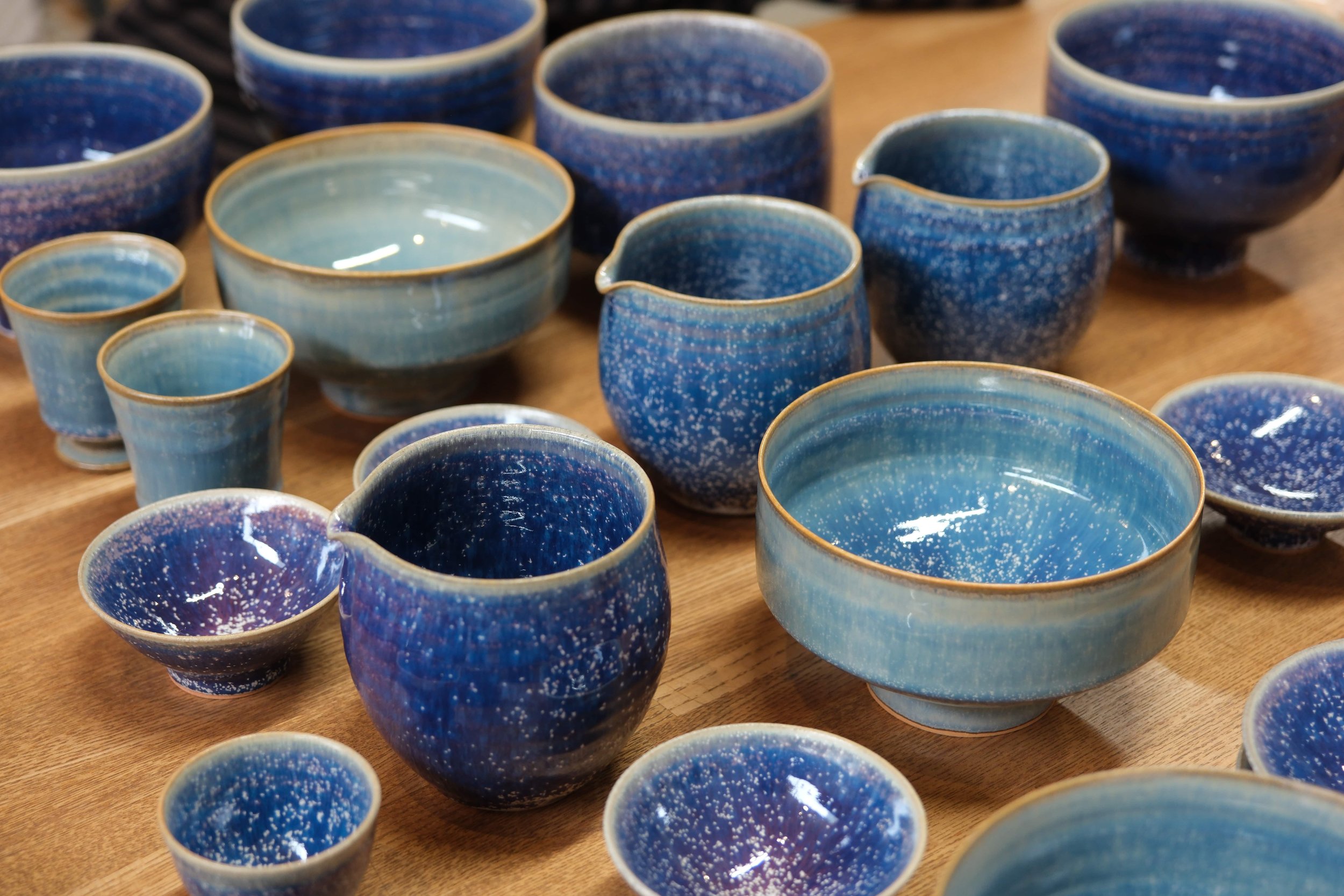
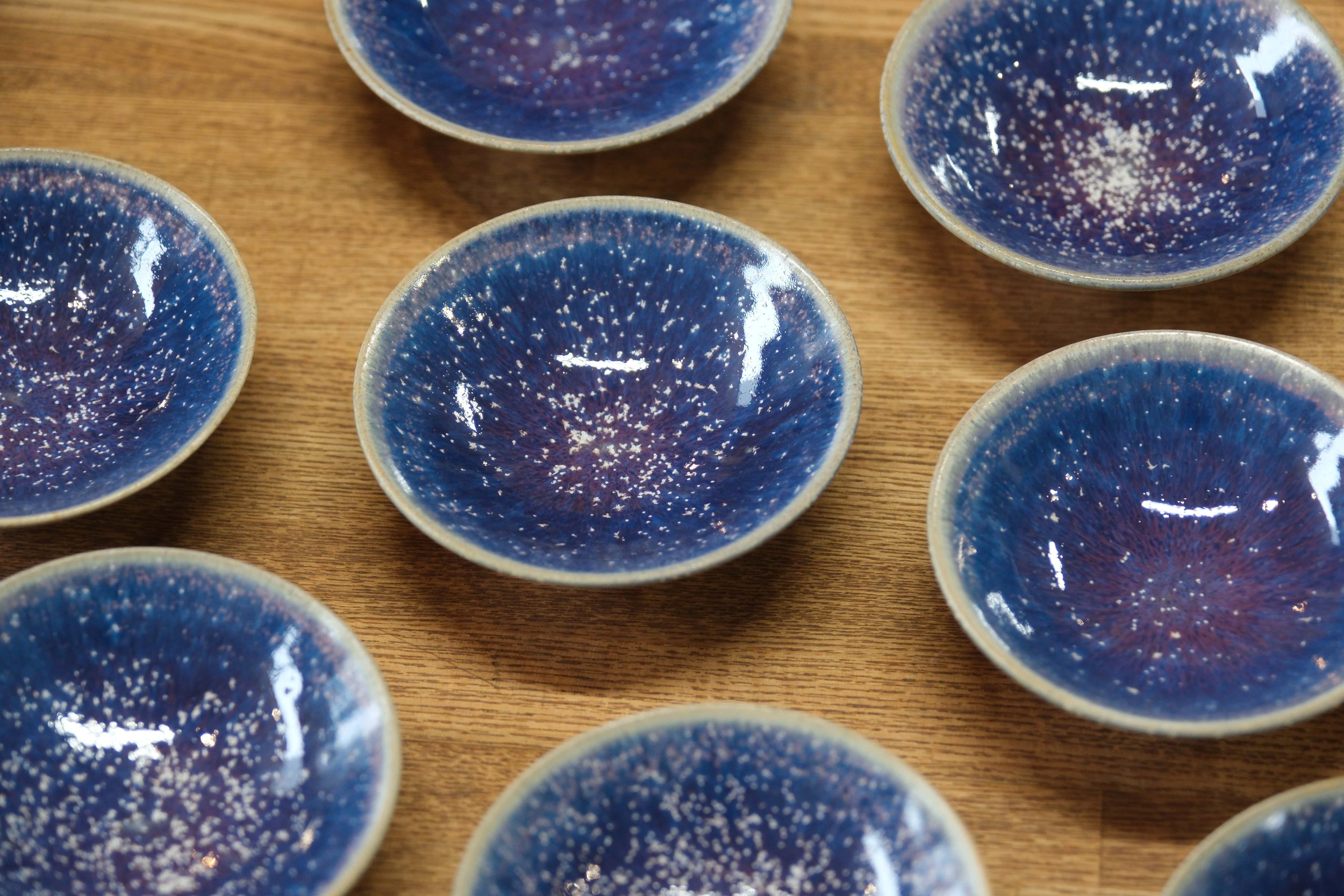
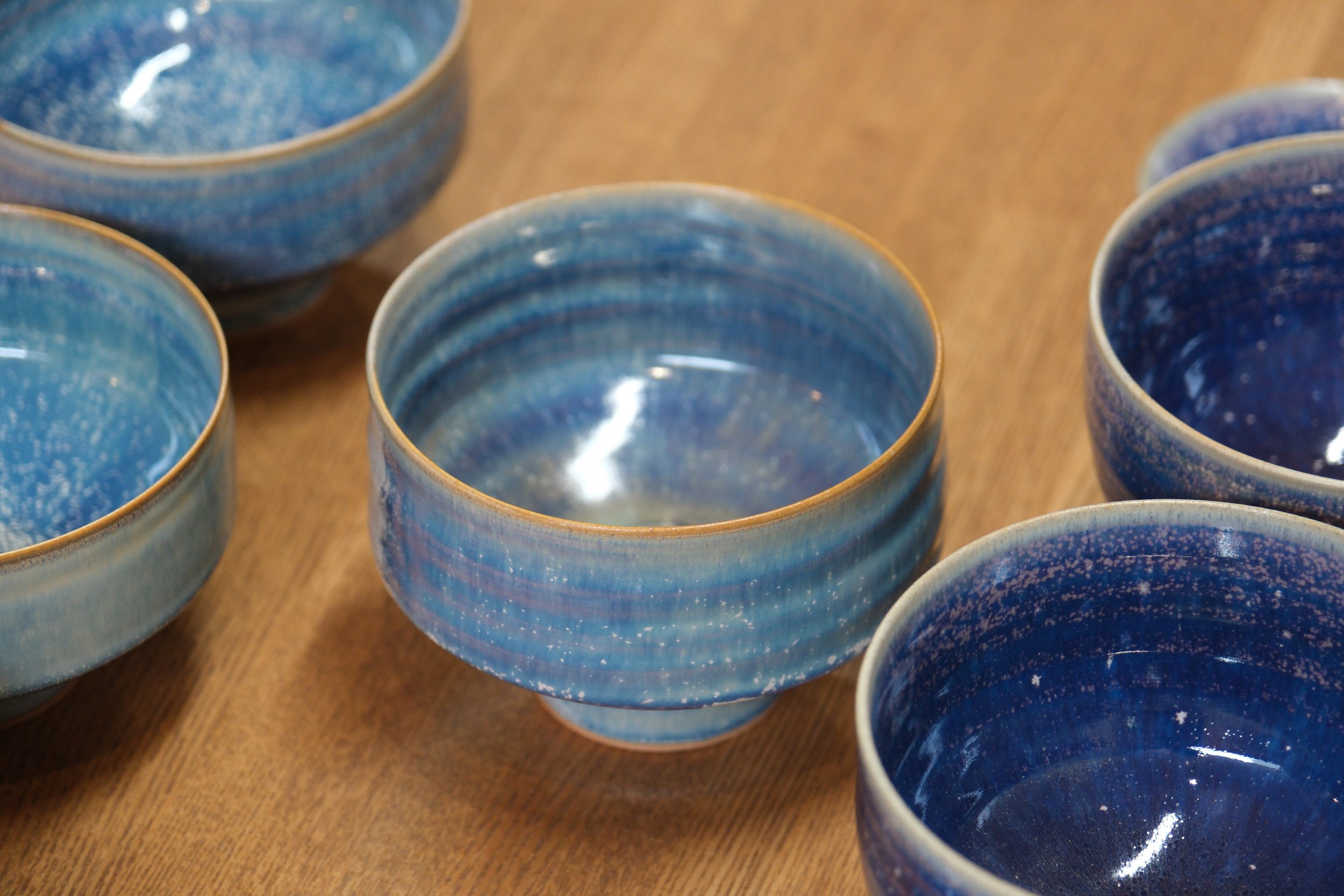
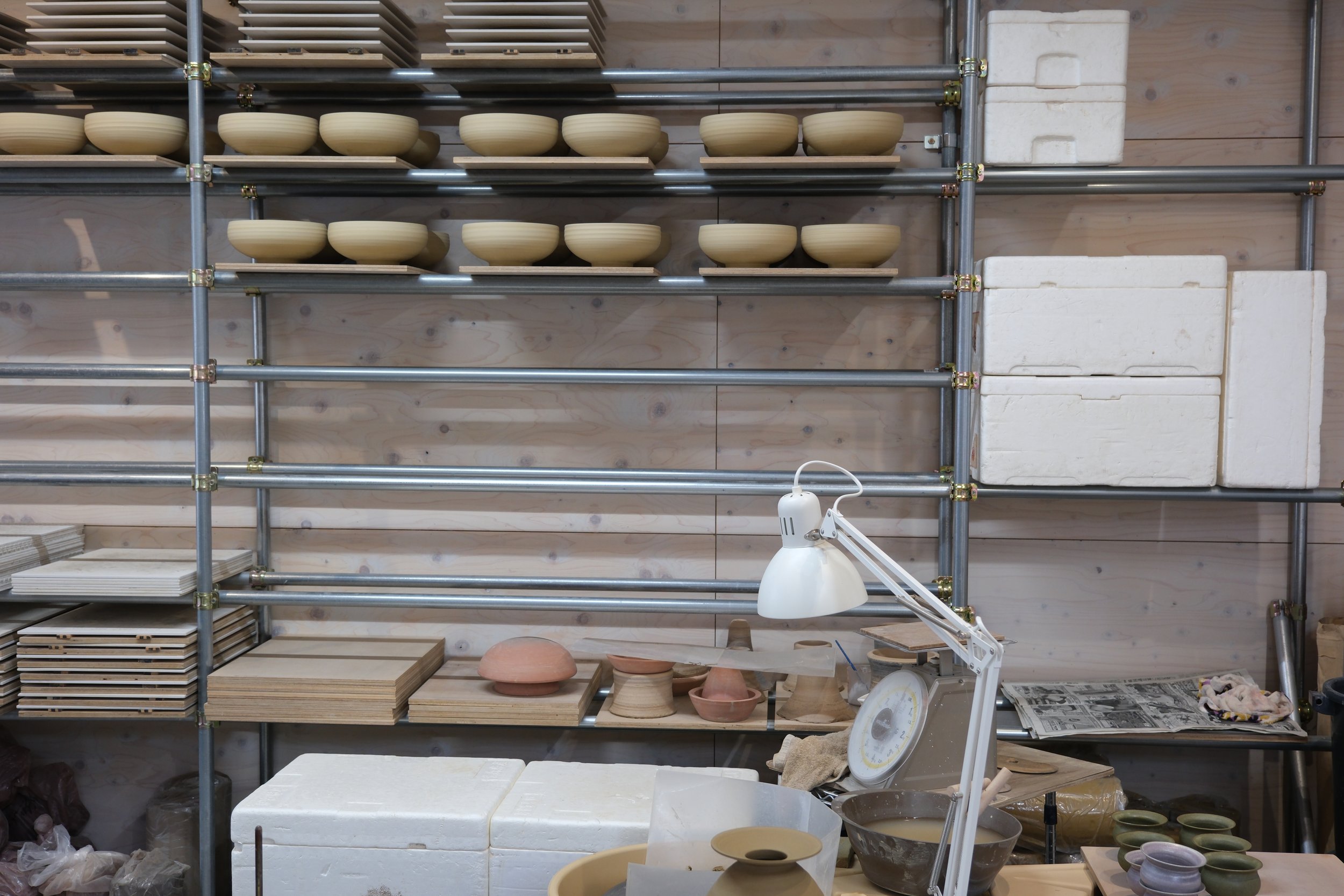
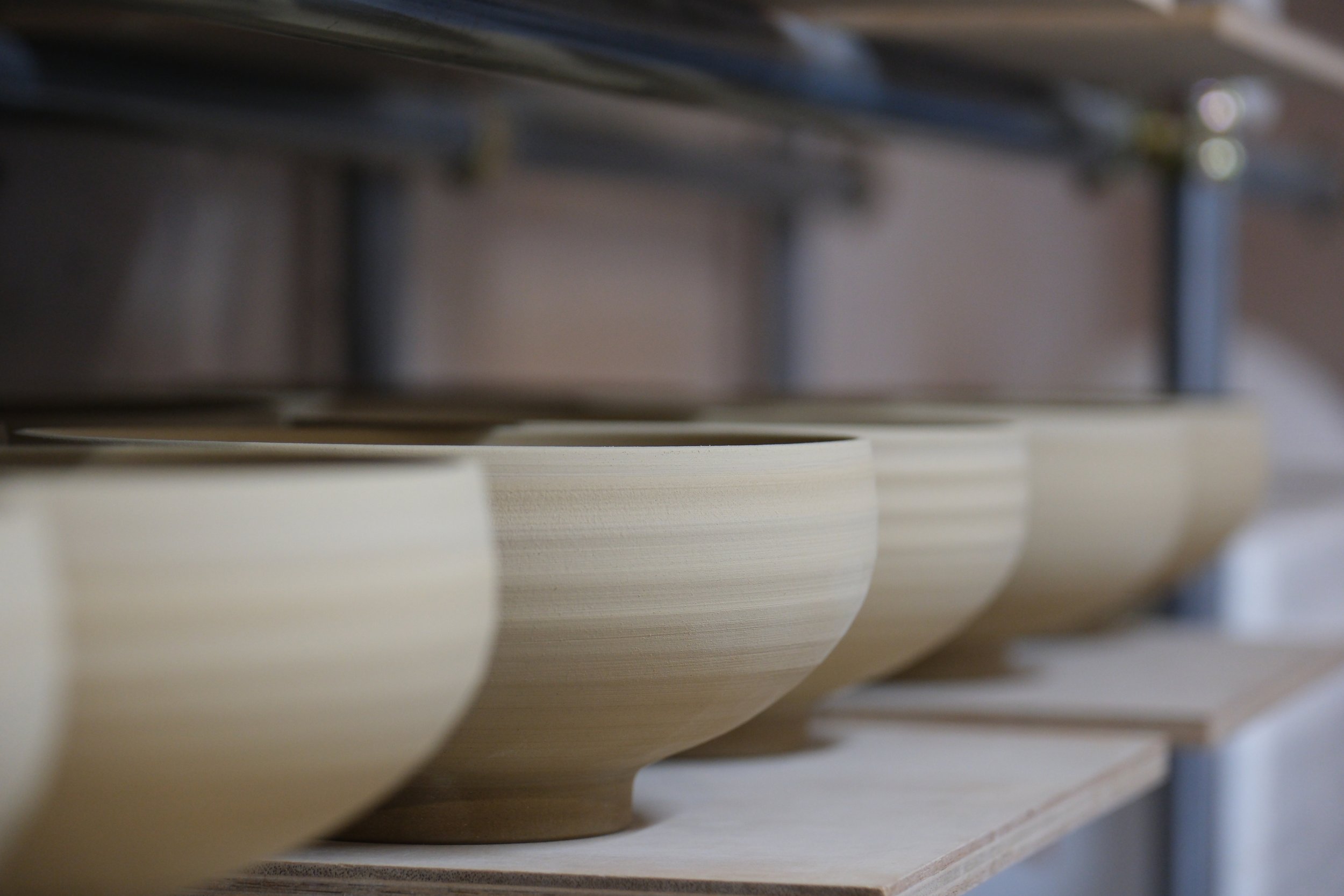
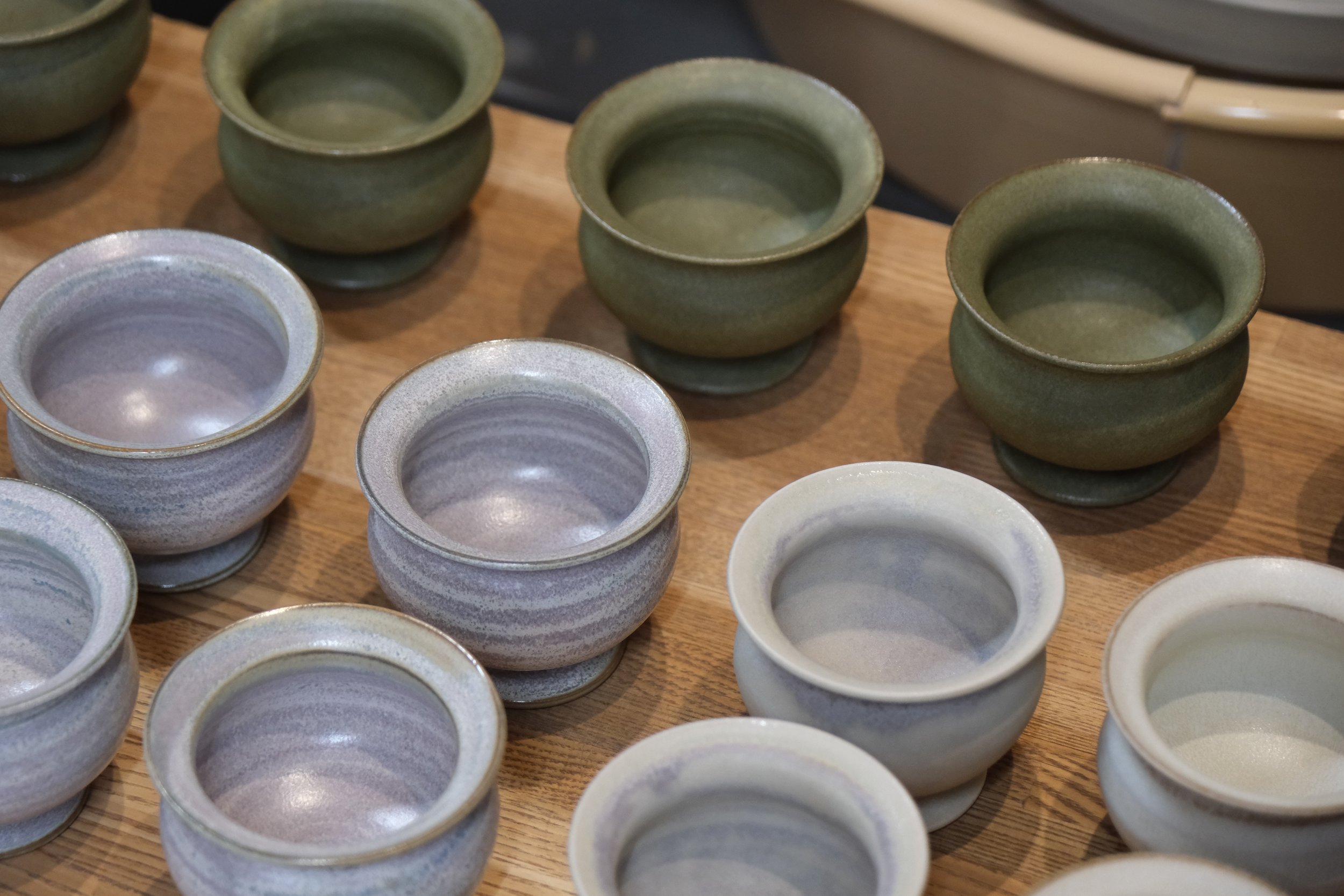
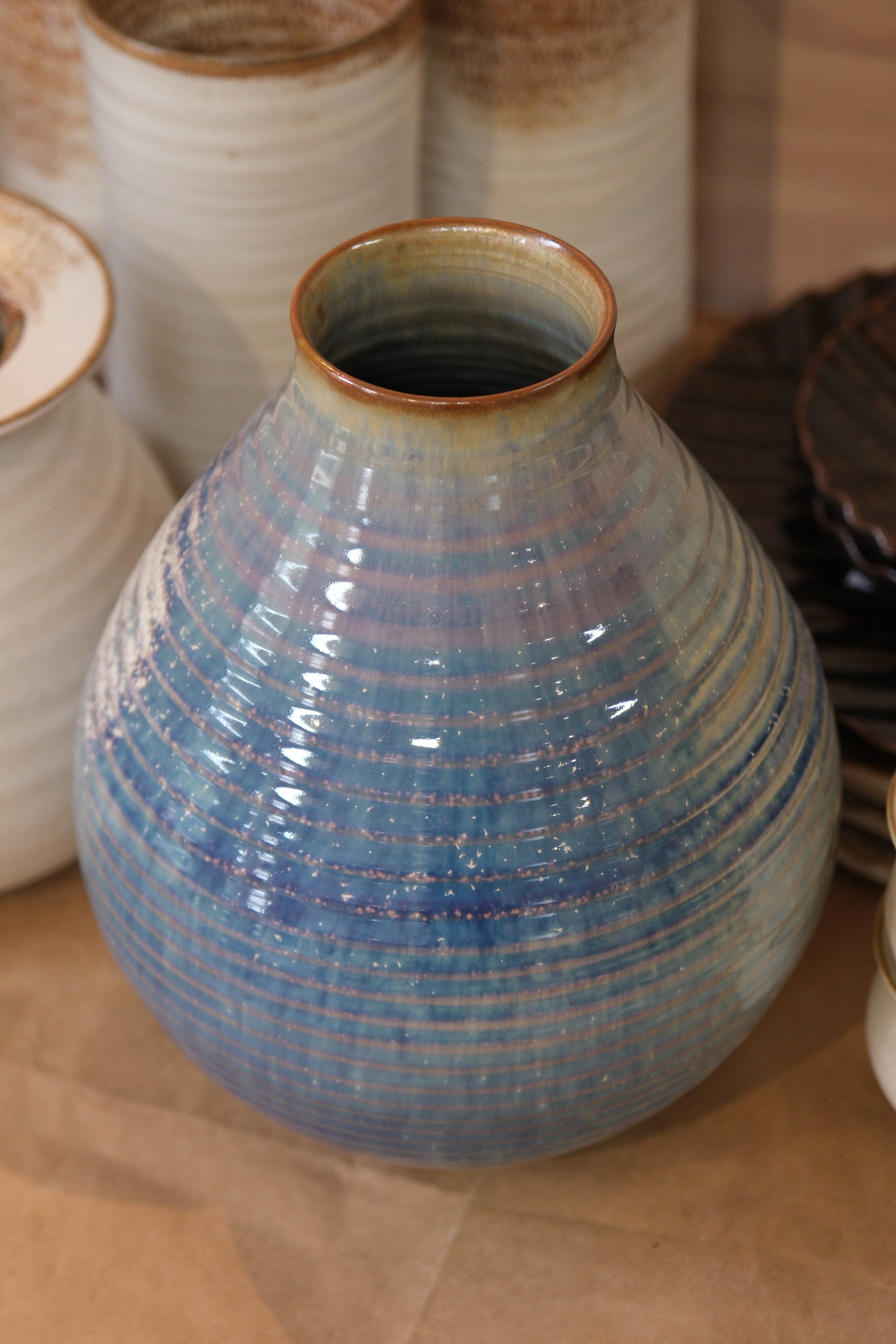
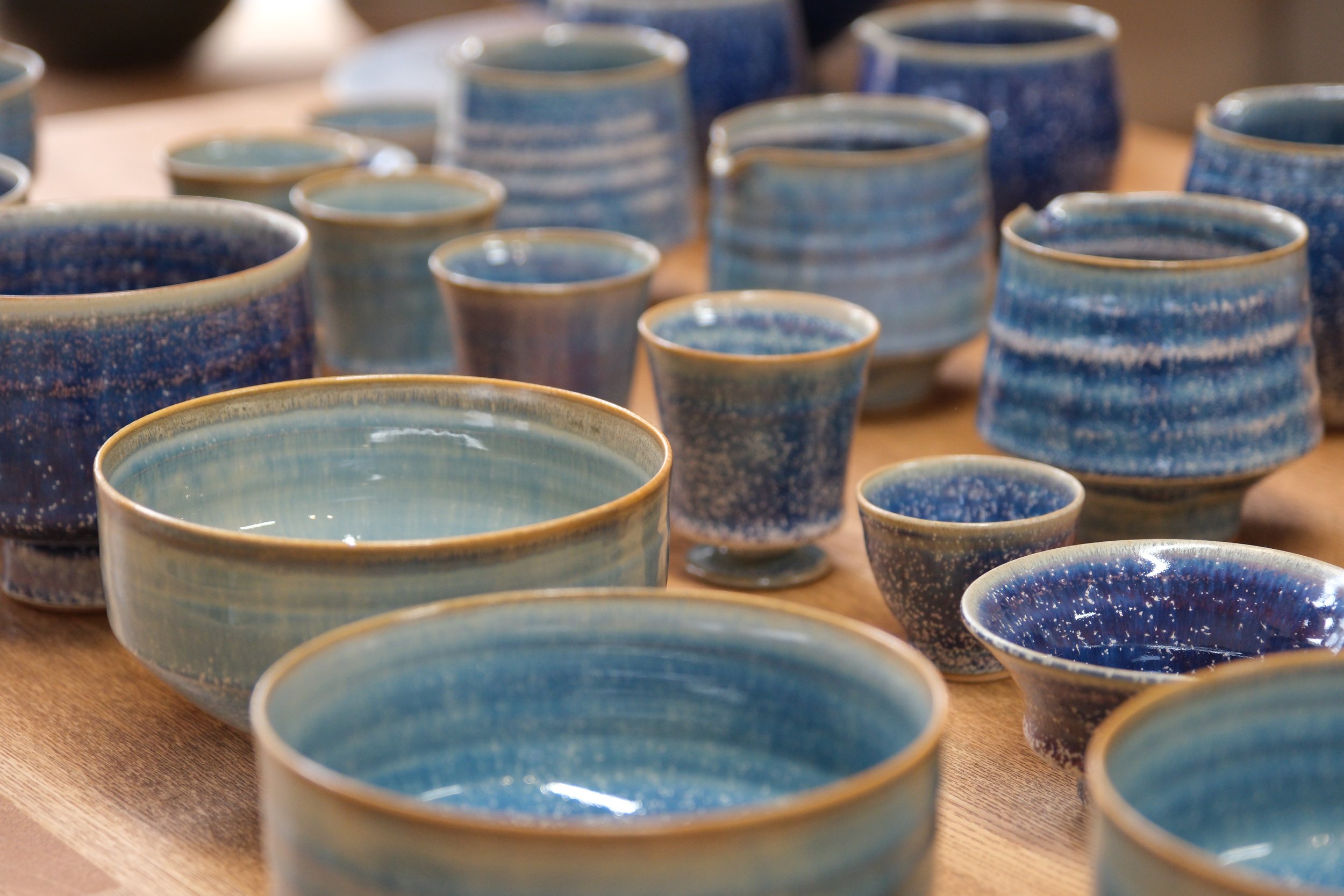
Motivation to pursue pottery:
While studying architecture at Kinki University, Mino Daisuke discovered his passion for pottery through an extracurricular pottery circle group. He was a fast learner, and found himself being complimented by his peers often. His passion grew, leading him to enrol in a vocational school’s pottery department, whereafter he apprenticed to Okamoto Akira in Uji, specialising in Kyoyaki (Kyo ware). He worked as an apprentice for six years, before being able to go independent. When looking for a studio in Kyoto it was difficult to find a suitable space at an affordable price, which led to him expanding his search to the neighbouring Nara prefecture where, in 2014, he finally secured a studio. The name ‘Hachidori’ was chosen, which means Hummingbird.
Happiness and hardships of being a potter:
Mino-san expressed to us that he feels happiest when meeting people who use his ware and learning how they use it. Functionality is important to him, and he emphasises that he wants to achieve a balance between the artistic and functional qualities of his work, all the while maintaining simplicity. He feels that his skills are quite different today compared to five years ago, and that he must continue to talk to people who use his ware in order to gain insights on how to continually improve.
Meeting him always puts a smile on our faces, and although his positivity is infectious, we wondered what hardships he faces and how his navigates them. He told us of a time during his apprenticeship when he felt lost and doubtful of making a career out of pottery. The daily work load became routine, and he struggled to see a clear future for himself, describing things as blurry. There were times that he did not want to make pottery anymore.
Fortunately (for us too!), he was given the opportunity to work in a social welfare centre that supports the employment of people living with disabilities. In this environment, he was able to look at pottery in a new light and found immense joy in not only the conception and creation of his ware, but also in teaching pottery to others and sharing his enthusiasm. He was reminded of his pottery circle days in university, and the reliving of many happy memories reignited his passion for pottery. He truly values these years.
Things to challenge in the future:
He explains that he is continuously working to improve his skills. In 2022 he moved into his new home/studio, purpose built with the family’s living space on the second floor, and the kiln located in a separate outbuilding next door. The larger space acts as a catalyst to both his creativity and productivity. His wife smiles and nods along during the conversation, saying ‘If he could work 24 hours a day in the studio, he probably would!’. She adds that sometimes late at night an idea strikes, and he rushes downstairs to the studio to work on it (if you follow him on Instagram you could be forgiven for forgetting about the 9 hour time difference between Japan and the UK)! He hopes to introduce his work to more people, and loves seeing his work being incorporated into people’s daily lives.
Hobbies other than pottery:
Mino-san says he only has one hobby outside of pottery - football. Coincidentally, he is a Manchester United fan, so as Manchester locals we were delighted to be able to take some Manchester United omiyage (souvenirs) with us for him. He loves both watching and playing football, but usually struggles to watch matches live due to the time difference. We spoke about how well Japan did in the recent World Cup, and how well Kaoru Mitoma has since been playing (for Brighton & Hove Albion).
Signature pieces:
He is mainly known for two types of ware; tableware that emphasises simplicity and ease of use, as well as a collection of fine ware for tea and sake. Despite the increased chance of failure, he enjoys experimenting with the glazes on his work. His signature glazes are currently what we call Starry Night, and numerous colour changing ‘gradiation’ glazes. There’s an admirable combination of qualities that his work possesses - a thickness that feels solid and durable yet not fragile, a pleasingly smooth finish, accented by magical colour work that can hold your attention for much longer than you would probably expect.
His tableware’s single colour glaze elegantly captures the simplicity he aims for, whereas his gradiation glazes have the power to leave us transfixed, unable to look away. He spent some time explaining to us in simple terms, to our relief as non potters, how colour is determined by the combination of soil colour, glaze type, and firing method, with the latter having the ability to significantly change the ware’s final look. Some potters buy their glaze, and some make their own, but he finds the extra time and effort worth it when making his own. He explained that Reduction Firing is challenging, because oxygen is taken from the ware during firing and as a result the strength and height can change. This means that many experiments and calculations are required in the pursuit of stability.
Our happy moment shared with him:
He is involved to lots of exhibitions across Japan, finishing one just a few days before our visit with another soon to follow, so we were very thankful that the timing worked out to allow our visit. We drank tea together while discussing his work, and were able to visit again later that same day to collect our chosen pieces. During this second visit we met his now five year old never-endingly-energetic son, whose energy suddenly ended, replaced by bashfulness when meeting the tall foreigner J. The resemblance to his English teacher prompted a conversation about his English lessons, while he played dragon games on a tablet, danced, sang, and made comedic poses. We can’t wait to visit again, and feel proud to be able to share Mino-san’s work with our guests.


